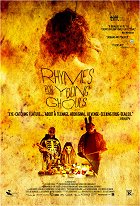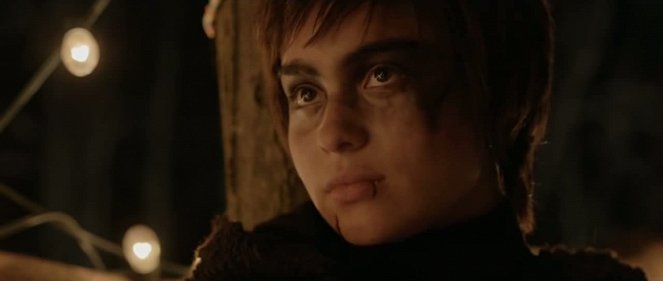Directed by:
Jeff BarnabyScreenplay:
Jeff BarnabyCinematography:
Michel St. MartinComposer:
Joe BarruccoCast:
Mark Antony Krupa, Roseanne Supernault, Devery Jacobs, Arthur Holden, Glen Gould, Brandon Oakes, Katherine Sorbey, Dean HagopianPlots(1)
Red Crow Mi'gMaq reservation, 1976: By government decree, every Indian child under the age of 16 must attend residential school. In the kingdom of the crow, that means imprisonment at St. Dymphna's. That means being at the mercy of "Popper", the sadistic Indian agent who runs the school.At 15, Aila is the weed princess of Red Crow. Hustling with her uncle Burner, she sells enough dope to pay Popper her "truancy tax", keeping her out her out of St.Ds. But when Aila's drug money is stolen and her father Joseph returns from prison, the precarious balance of Aila's world is destroyed. Her only options are to run or fight ... and Mi'gMaq don't run." (official distributor synopsis)
(more)Videos (2)
Reviews (2)
I think that the Native American environment is one that is currently very unexplored, so it is good that a film is being made or comics are being written about it. Native American reservations have their own life and are just an example of how much damage white people have caused and the consequences of their behavior. This is not about why something is wrong but how bad it can be. Harsh and sometimes very difficult to swallow.
()
Rhymes for Young Ghouls is essentially composed of a number of often-seen motifs, but their handling and placement in a captivating setting make this film an experience that remains in the viewer’s memory. Here we have a standard story about the conflict of colonial and indigenous cultures combined with a film about young heroes fighting for their freedom. However, the narrative is set in the environment of a Canadian Indian community in the 1970s and thematises the oppression of the original inhabitants at that time by despotic authorities, particularly Christian boarding schools for the re-education of children. As in the brilliant comic book Scalped, with which the film has several things in common, here the reservation is a place where the original culture has been crushed by the ills of consumerism and capitalism together with rampant crime. The main attraction of the film is the vivid depiction of this world, which straddles the line between sober realism and fantastical mythology, and is equally unbound from and tied to its roots. The story itself, about the clash of Christianity, which replaced spiritualism and mystery with a sadistic doctrine, and Indian culture, whose everyday experience is conversely enveloped in mysticism, can on the one hand be seen as an expression of post-colonial iniquity, when formulaic stories are created primarily for an audience made up of the majority society, who can thus express their sympathy with the previously oppressed ethnic group. On the other hand, however, such films can also serve as emancipatory works for the other, minority audience.
()
Gallery (15)
Photo © Seville Pictures



Ads